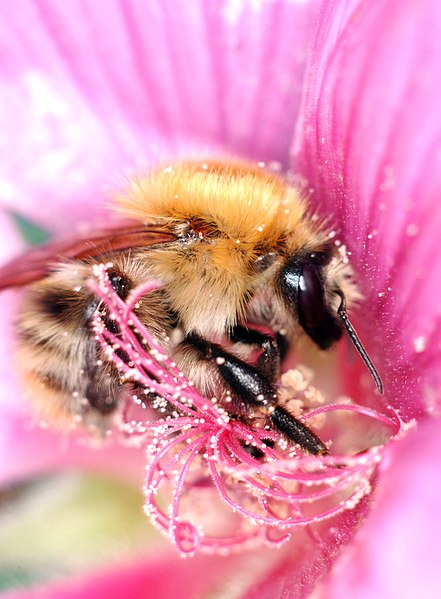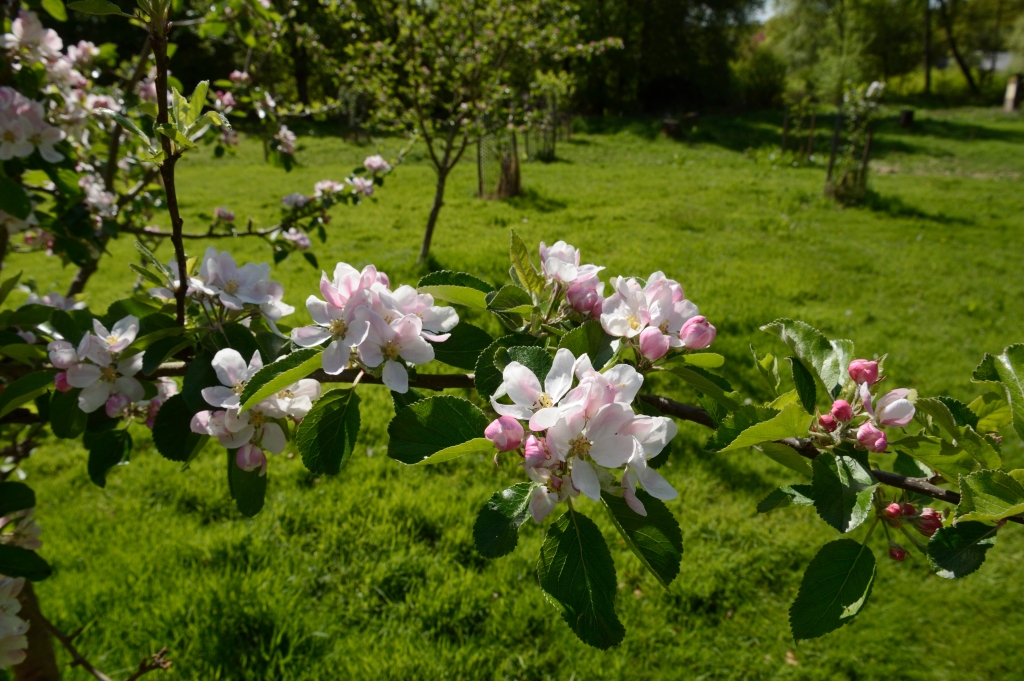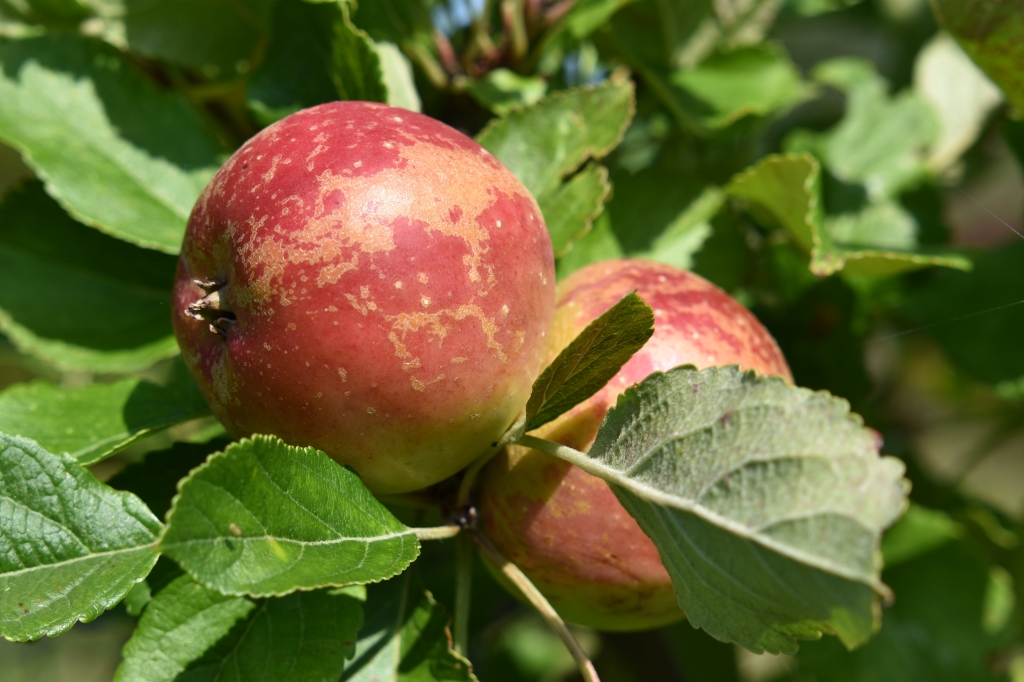By Athayde Tonhasca
The biodiversity crisis is the main theme of a recent assessment by The Joint Nature Conservation Committee (JNCC), the UK’s government advisory body on conservation (Nature Positive 2030 – Evidence Report). Among many interesting facts and statistics, we are told that over 40% of UK species are in decline, a figure extracted from the State of Nature 2019 report.
A 40% reduction in species abundance is an alarming number; it signals a substantial impoverishment of our natural world. This figure was calculated from the abundance data on 697 species of birds, mammals, amphibians, reptiles, butterflies, and moths. Lepidoptera (butterflies and moths) contributed most: 499 species (about 71%). The focus on a single group may seem disproportionate, but Lepidoptera makes up about 77% of all the British fauna taken into account in the report. In fact, about 90% of all species of animals in the world are insects, therefore assessments of the state of nature require a finger on the pulse of insect populations.

From 1970 to 2016, the 499 butterflies and moths experienced average declines of 16 and 25%, respectively. This sample represents about 20% of all Lepidoptera and 2% of all insects recorded in Britain. The true contribution of Lepidoptera to our entomological fauna is likely to be smaller because the diversity of certain groups such as parasitic wasps is believed to be greatly underestimated.
The number of Lepidoptera species analysed is relatively small, but that’s not necessarily a problem. We can draw correct conclusions about much bigger populations the same way responses from a few hundred people can be used to accurately predict the intentions of millions of voters. All it takes is representative sampling. The question then is whether trends from a sample of butterflies and moths reflect the insect fauna; in other words, can we infer overall insect decline if Lepidoptera species are declining?
The best way to answer this is to look up what’s happening with other insects. Some studies have measured biomass or area of occupancy instead of numbers because it’s hard to count insects. Whatever the methodology, numerous reports have shown increases, decreases or no changes for solitary bees, social bees, social wasps, aphids, dragonflies and freshwater invertebrates, among other groups. Similar hotchpotches have been reported for continental Europe and America. So the body of evidence is far from uniform.

© Shortall, C. et al. 2009. Insect Conservation and Diversity 2: 251 – 260
Mixed results do not refute the gravity of the problem; many populations of insects and other animals are decreasing in the UK and elsewhere. And the relentless loss of habitats worldwide is likely to make things worse. But unqualified generalisations about insects’ decline are not supported by the information we have.

The State of Nature report is an exceptional compilation of information, reflecting the enviable tradition of biological recording in the UK. But the abundance data set covers a segment of the British terrestrial fauna; it is not representative of all insects, and does not contain important groups such as spiders – which comprise more species than birds – other arthropods, molluscs, etc. (bacteria, protozoa and other life forms are traditionally excluded from biodiversity assessments). The analysis was about terrestrial animals; it did not address plants and fungi, which make up the bulk of the planet’s biomass, or the aquatic fauna.
‘Forty percent of all British species’ is an unpolished generalisation, which may have been used for the sake of brevity. But soundbites underplay successes: for example, agri-environmental initiatives have reduced or reversed declines of some plants and insects in Europe. Soundbites also oversimplify and distort, intensifying the magnitude of a problem. This harms credibility and promotes cynicism.
In 2006, news about the imminent extinction of the honey bee hit the headlines. The media warned us about failed crops, famine, and the very survival of mankind. Hardly a day would go by without a new scare. There were protests, marches, petitions and parliamentary motions; the announced calamity inspired books, films and documentaries. However, the authors of those jeremiads hardly ever mentioned that honey bee declines were mostly American and European problems; worldwide, the number of bee hives and beekeepers had been growing steadily, so extinction was not remotely likely. Eventually fear fatigue settled in, and the ‘honey bee demise’ has disappeared from the news. Except from some anti-environmentalist sources, who cite the episode as proof of conservationists’ alarmism, exaggerations and penchant for half-truths.
In this age of “alternative facts” and politically inspired scepticism, scientists and other experts should go out of their way to avoid erosion of trust by adhering to data, explaining caveats and acknowledging uncertainties. Reasonable people understand that nature is complicated, and specialists often can offer partial explanations.
By an unfortunate coincidence, 40% is the percentage of insect species threatened with extinction globally, according to a widely publicised but methodologically flawed and debunked paper. So “40%” may very well become the mystic omen of biodiversity calamity.































